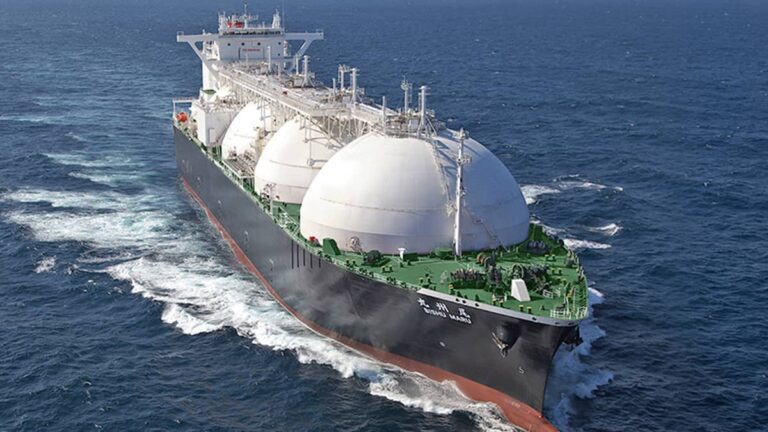
The agreement follows the selection of JERA as the contracted party for the Project for System Design and Other Support for the Adoption of LNG in the Republic of the Philippines being undertaken by AOTS.
The Philippines is expected to expand its adoption of gas-fired thermal power generation due to the increased demand for electricity. At the same time, with the country’s domestically produced natural gas expected to decline, the full-scale adoption of LNG is an urgent issue in terms of both supply and demand.
The agreement will see JERA provide support related to assessing demand, assessing environmental impact, and developing national systems including regulatory frameworks for the full-scale adoption of LNG in the Philippines. This includes:
Support for developing facilities regulations related to the construction, operation, and maintenance of LNG storage and regasification terminals and gas transportation and distribution systems, and to third-party access;
Support for drafting national regulations for the Philippines related to LNG and natural gas;
Support for assessing natural gas demand and the feasibility of a power generation station/boiler in the Batangas Special Economic Zone;
Support for a life cycle assessment of the environmental impact of adopting natural gas; and
Sharing knowledge about LNG and natural gas with stakeholders and other parties in the Philippines.
In 2021, JERA acquired a 27% stake in Aboitiz Power, a major power utility in the Philippines, with plans to implement clean energy projects such as LNG-to-power.
Since indigenous sources such as the Malampaya gas field could be depleted by 2027, the Philippines is also working on the buildout of floating LNG terminals to ensure a least-cost solution for consumers, enhance energy security, and provide a competitive power generation market.
This includes the floating storage and regasification unit (FSRU) BW Batangas deployed at First Gen Corporation’s LNG import terminal. The FSRU can store 162,524 cubic meters of LNG and regasify up to 500 million standard cubic feet of gas per day.
In April 2023, the Philippines received its first-ever LNG cargo for the commission of the country’s first LNG import terminal developed by Atlantic Gulf & Pacific (AG&P). In preparation for launching the first Philippines LNG import terminal, AG&P completed the conversion of the ISH, a 137,500 cbm LNG carrier, into an FSU in October 2022.
The FSU is part of the combined offshore-onshore import terminal that will have an initial capacity of 5 million tonnes per annum (mtpa) of LNG.